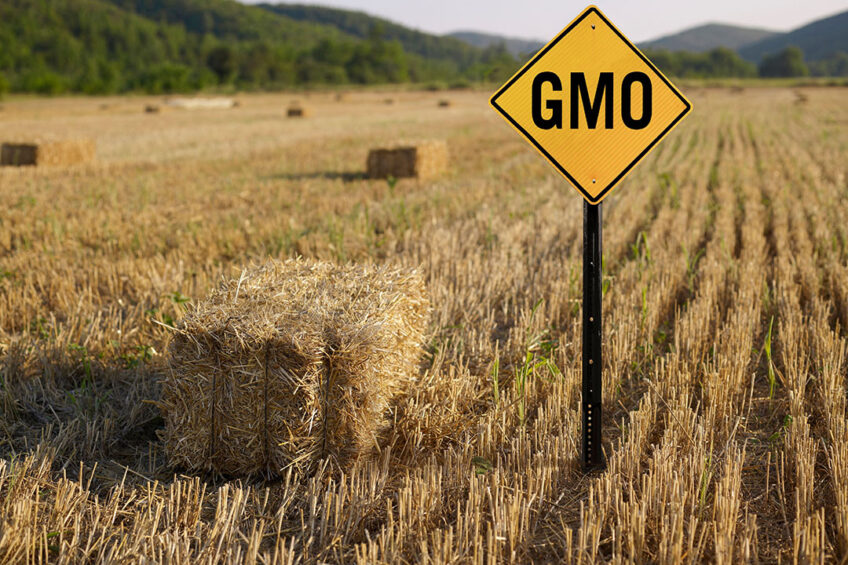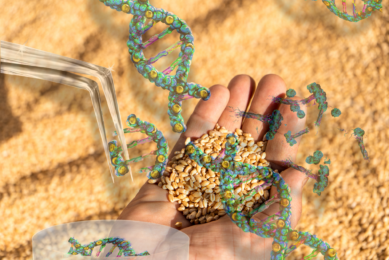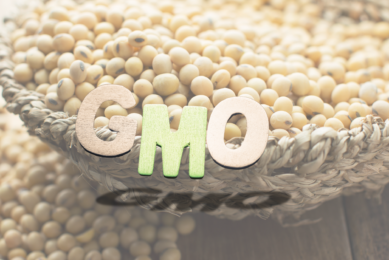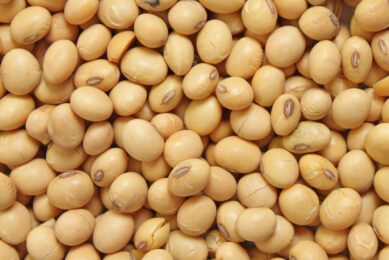Russian feed manufacturers use GMOs despite harsh state restrictions

Every tenth probe of Russian feed analysed by the Russian State centre for the quality of animal medicines and feed, VGNKI, has been found to contain undeclared genetically modified organisms (GMOs), which the Russian scientists believe could be harmful.
Undeclared use of GMOs remains the most widely spread type of fraud in the Russian feed market, the VGNKI scientists told local publication Veterinary and Life. Currently, Russian veterinary regulations permit maximum GMO content in feed at 0.9% for registered lines and 0.5% for unregistered lines, and both must be labelled as containing GMOs.
Potentially harmful to livestock
Using GMOs allows farmers to make a substantial profit, the scientists claimed, warning that GMOs could be potentially harmful to farmed animals.
At first glance, GMOs in feed induce no negative impact on animals and humans. But their use in undesirable quantities can lead to vitamin deficiency, impaired immunity and reduced productivity
Dmitry Makarov, senior researcher at VGNKI.
In addition, GMO-containing feed could make animals suffer diseases that are unexpected under a regular diet, the scientist added. Besides, in this case, glyphosate content in feed requires exceptional control. This herbicide is widely used in the cultivation of GM crops to control weeds. Cultivated plants do not suffer from glyphosate but accumulate it in significant quantities.
Scientific studies testify to the high carcinogenicity of glyphosate for both animals and humans
VGNKI experts note.
The Russian authorities take a strict stance on the use of GMOs in animal feed, punishing violations with fines. Claims about the threat of GMOs are also backed by the Russian Academy of Science.
Replacing fish meal
However, adding GMOs is not the only method of fraud in the Russian feed industry. Some studies showed that Russian companies replace fish meal with cheaper ingredients in a bid to lower production costs.
The primary indicator that affects the price of fishmeal is its protein content, which ranges typically between 60 and 65%, Tamara Okolelova, Doctor of Biological Sciences, Chief Specialist in Poultry Feeding at the Agrovetzashchita Research and Development Centre, told the publication.
Unscrupulous manufacturers can achieve the same figures with the help of impurities, for example, non-protein nitrogen compounds. “Non-protein compounds of nitrogen contain no protein, so animals get no necessary amino acids,” Okolelova said.
In addition, carbamide and ammonium nitrate are most often used as inorganic sources of nitrogen in the falsification of fishmeal. For example, the introduction of 1% urea increases the content of crude protein in feed by 3%. Despite that, the nutritional value of such a protein and its digestibility is greatly reduced, the scientist said.











